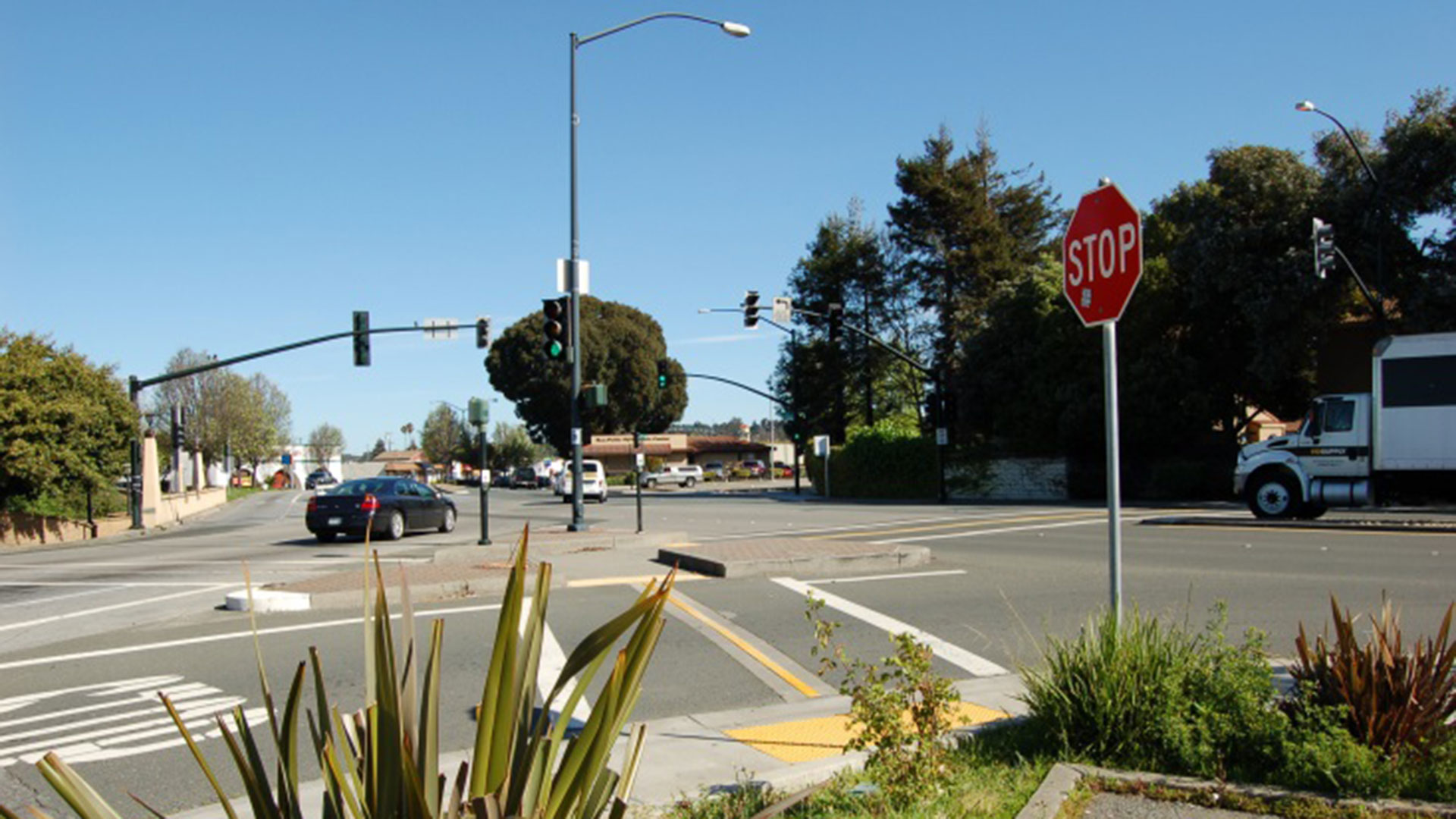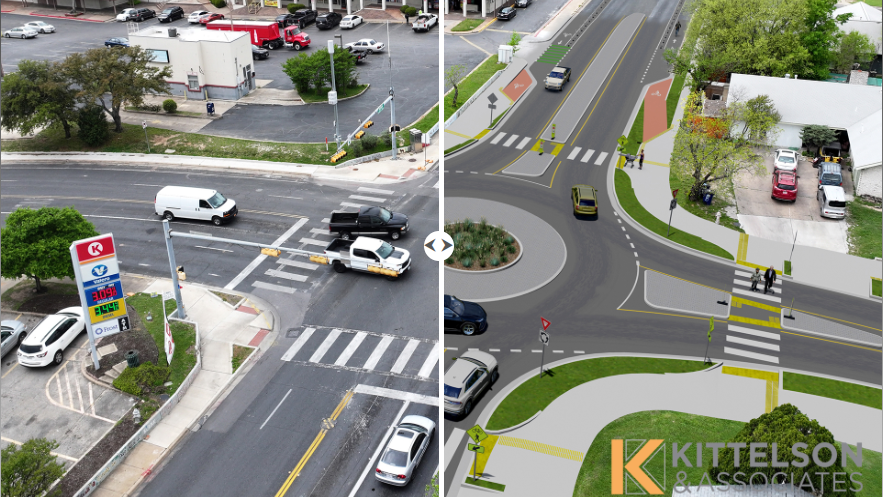
Ideas


News & Events


Kittelson’s Boston Office Welcomes Christi Apicella, Local Leader in People-First Transportation Planning
Christi brings more than 25 years of experience across the federal, municipal, private, and nonprofit sectors of transportation, with a strong focus on the New England region.
Work


VDOT D-B Roundabouts Bundle
Reimagining Five Challenging Intersections to Improve Travel in Virginia
Our Latest Thinking
Ideas


Visualizing the Future: 3D Design Delivery Adds Dimension to Transportation Projects
Transportation infrastructure is intended to move people and goods efficiently and minimize disruptions. The transportation industry is evolving to reflect growing demands with a tool that delivers results: 3D design.
Ideas
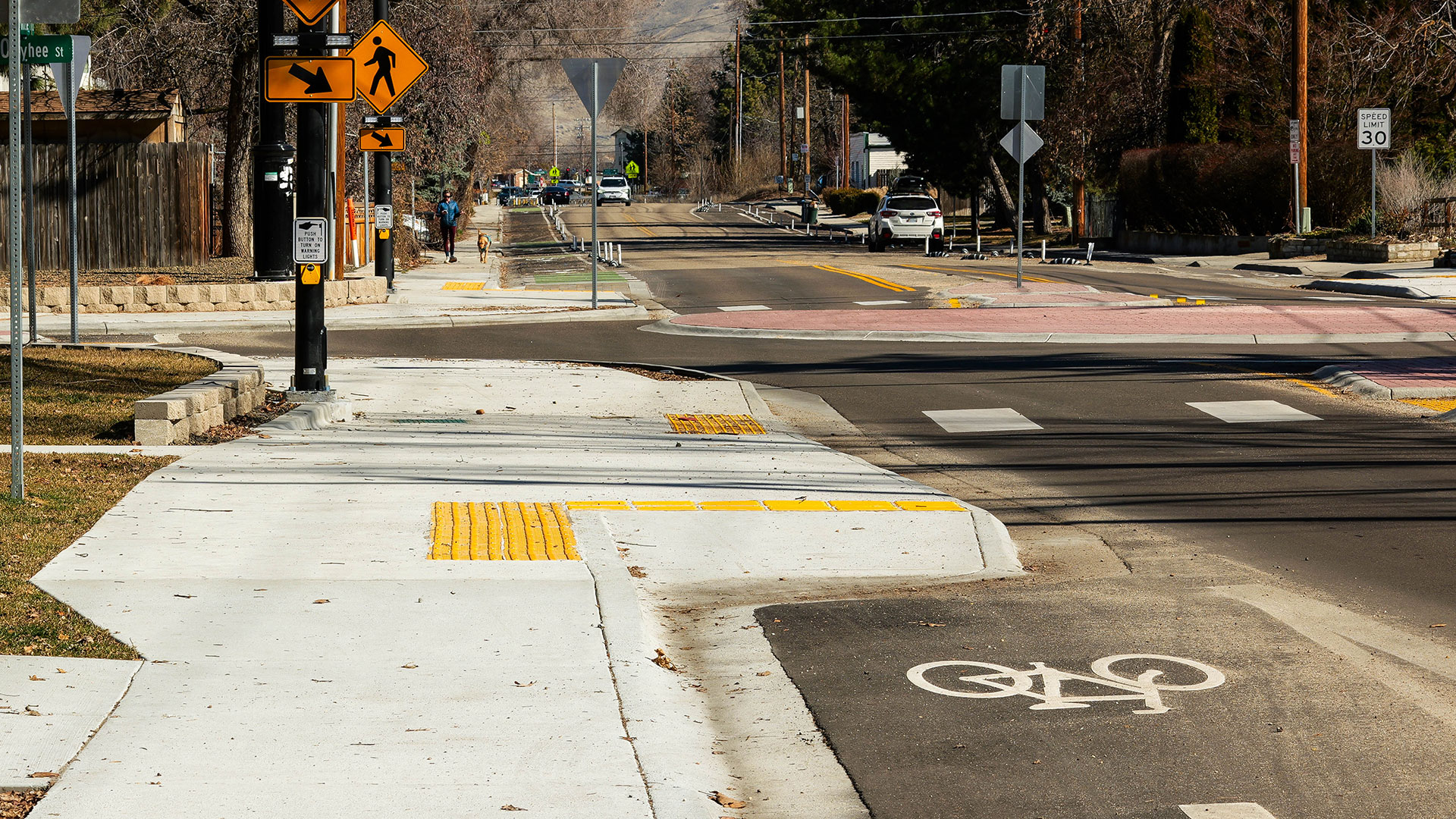

Peer Reviews: The Secret Ingredient to Better Roundabouts
Spending the time and effort to solicit a roundabout peer review can be tremendously beneficial for catching issues before they become costly problems.
Ideas
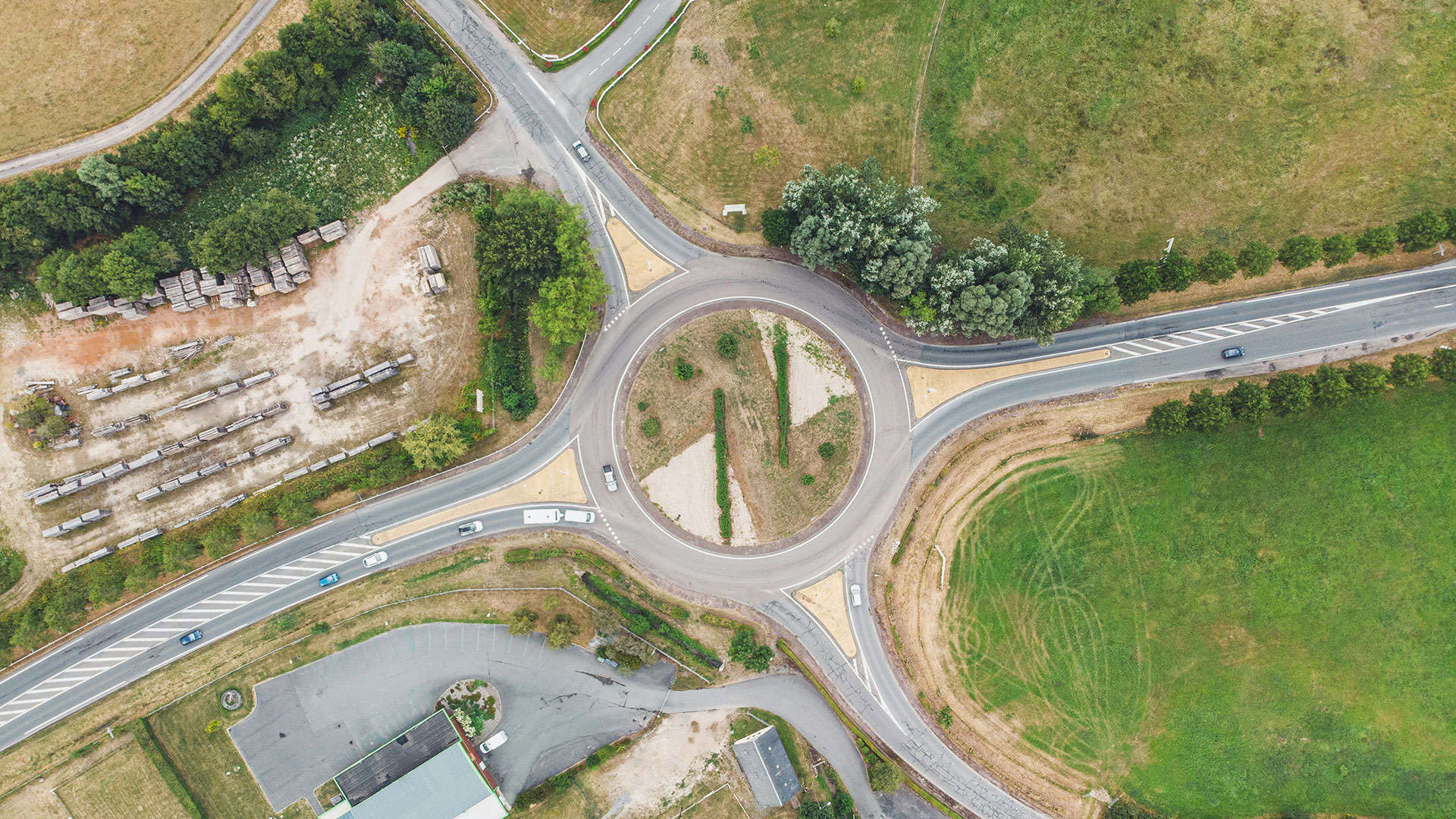

Intersection Control Evaluation Brings Consistency and Confidence to Transportation Designs
Learn how we’ve been applying intersection control evaluation on design projects, and the difference we’ve seen it make!
Kittelsonism No.3
Learn every day
Lifelong learning only happens if you're learning every day.
Problems We've Been Solving Lately
Work


VDOT D-B Roundabouts Bundle
Reimagining Five Challenging Intersections to Improve Travel in Virginia
Work
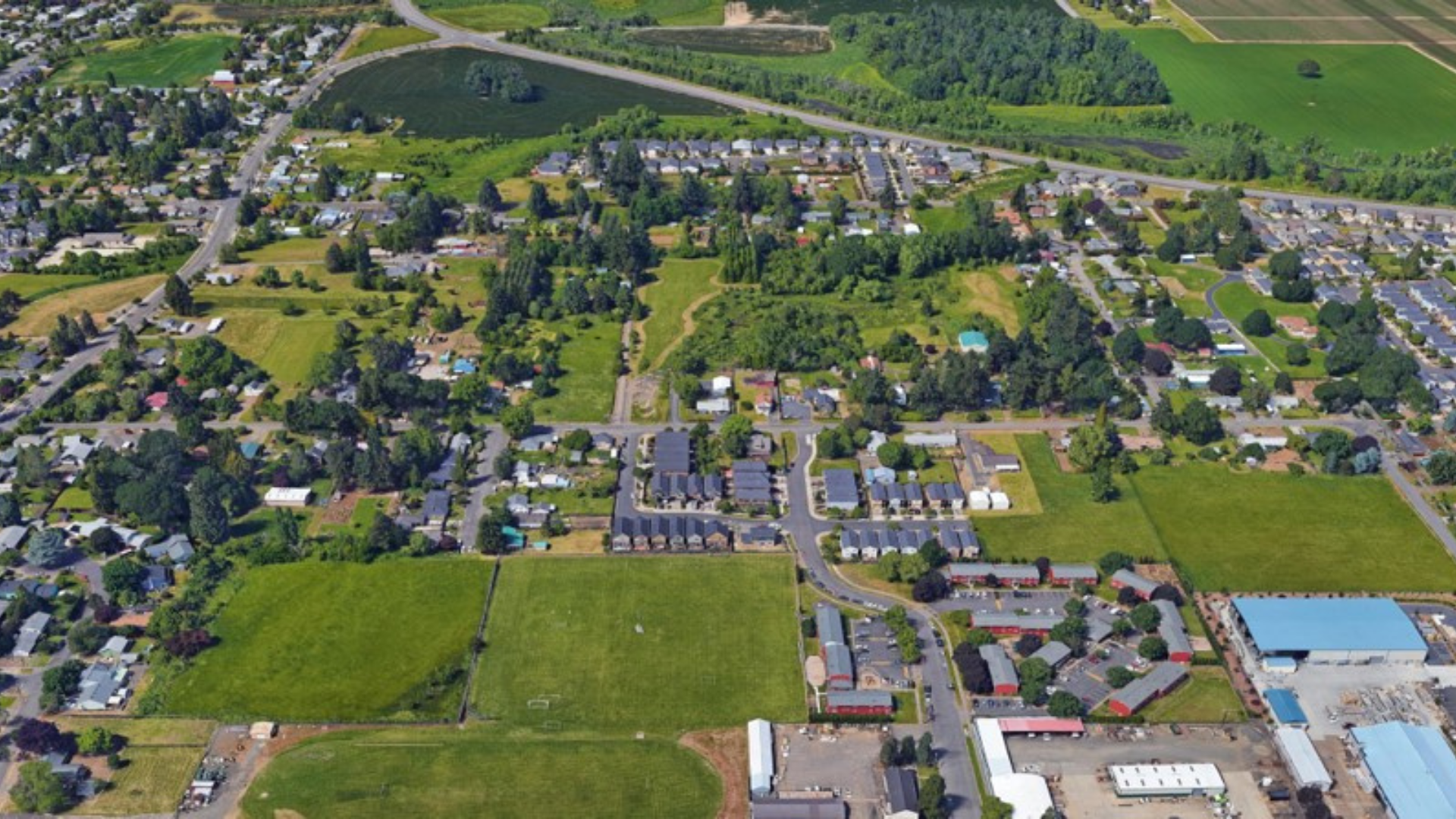

Forest Grove Trio
Supporting Growth and Storm Resilience in Forest Grove
Work
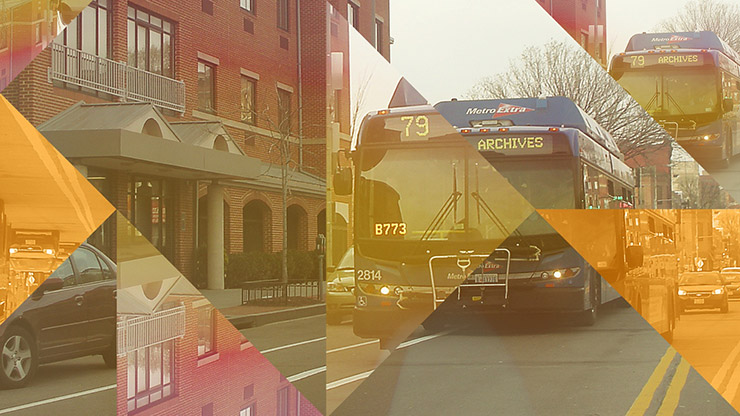

West Central Neighborhood Infrastructure Project
A Neighborhood-Driven Transportation Transformation
What’s better than one office full of smart, curious people?
How about an interconnected, nationwide team?
Latest News & Events
News & Events


Kittelson’s Boston Office Welcomes Christi Apicella, Local Leader in People-First Transportation Planning
Christi brings more than 25 years of experience across the federal, municipal, private, and nonprofit sectors of transportation, with a strong focus on the New England region.
News & Events
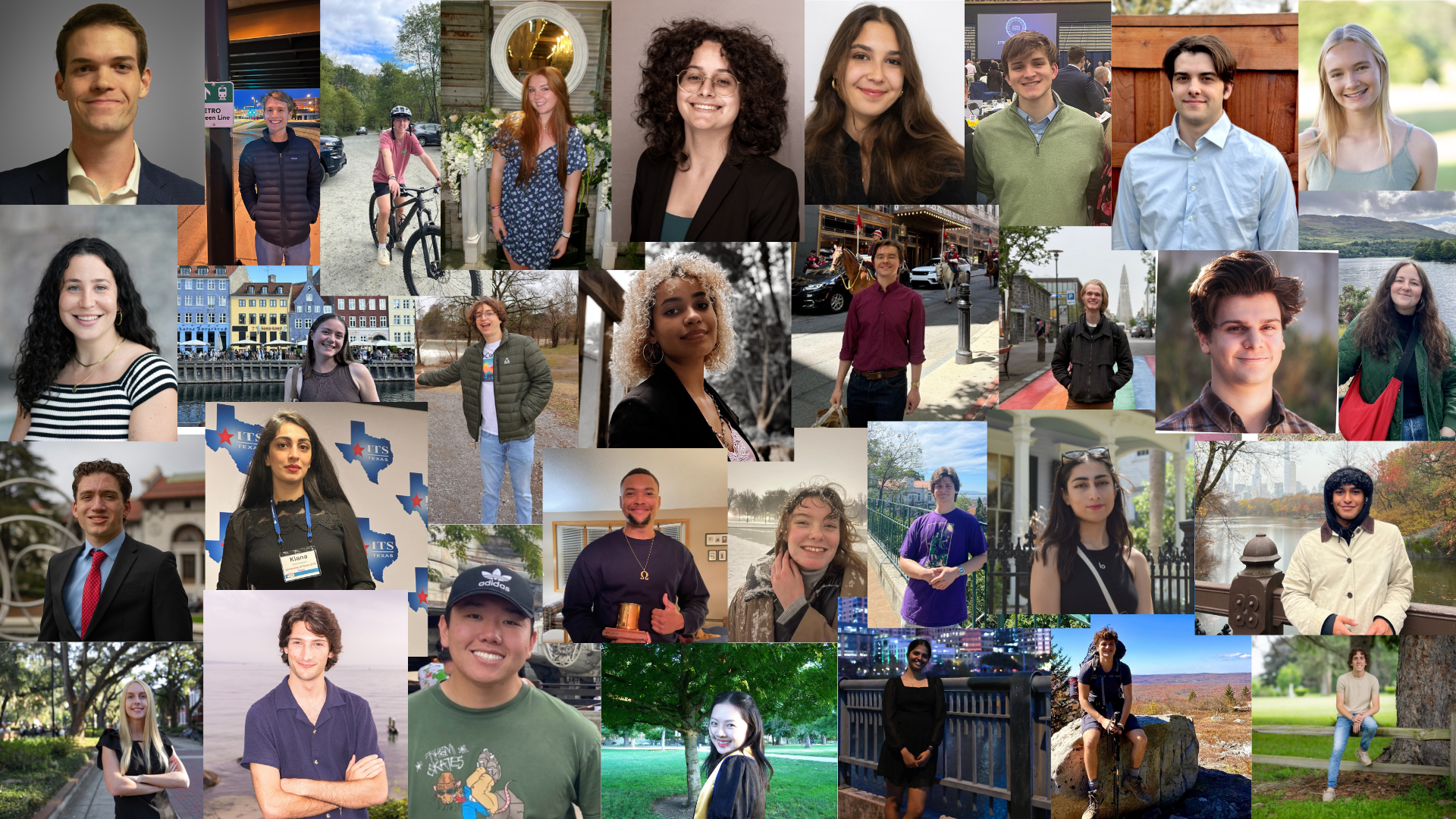

Meet Our 2025 Interns!
Each summer, we welcome a group of interns to Kittelson offices around the country. This year, we’re glad to be joined by our largest cohort yet: across 20 offices, 31 interns are contributing to our work in engineering and planning, software development, and marketing.
News & Events
